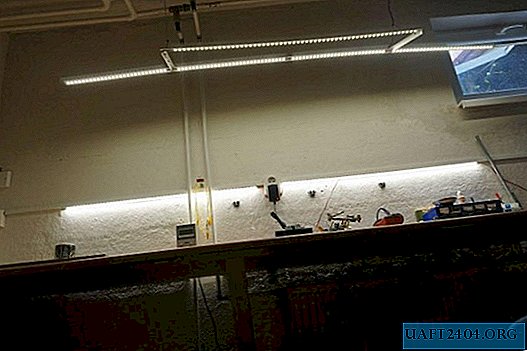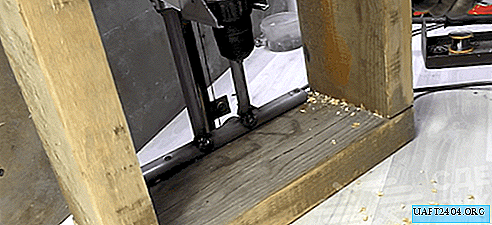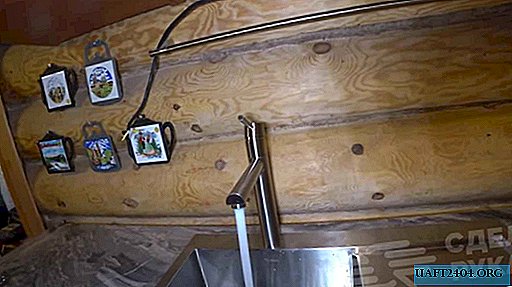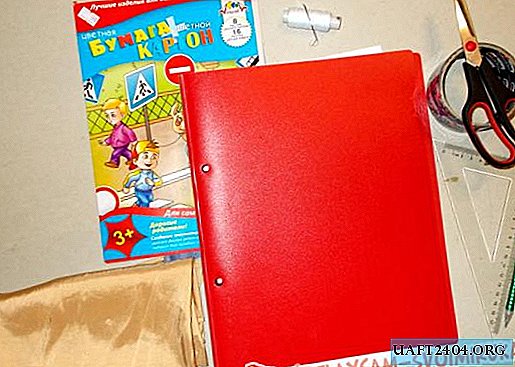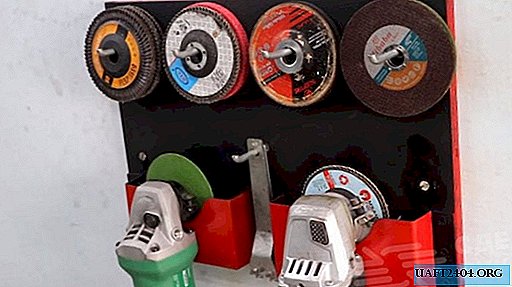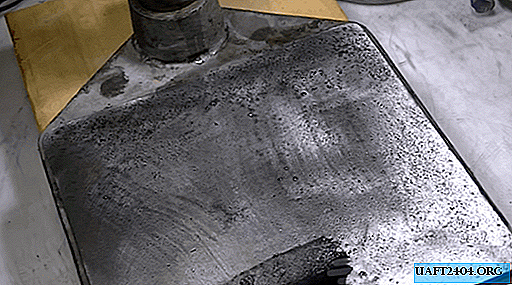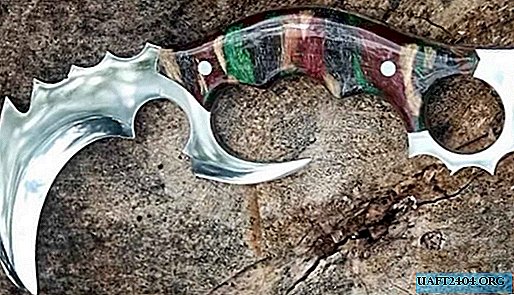Share
Pin
Tweet
Send
Share
Send
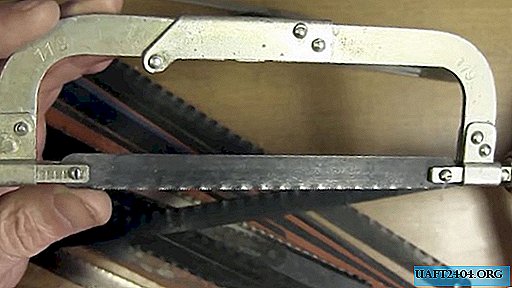
There are shortened hacksaws for metal, for which special short-length cloths are needed, which today are almost impossible to find on the shelves of our stores.
You can get out of the situation by shortening the standard hacksaw blade, which has a length of 250 to 700 mm along the mounting holes according to GOST R 53411-2009. The most common length is 300 mm with a thickness of 1.25 mm. Just such a file is at our disposal.

Usually hacksaw blades for metal are made of high-speed steels of grades Х6ВФ, В2Ф, and also Р6М5, Р12, Р18, etc. Our file is made of so-called spring steel of grade 65Г. Marking indicates the content of manganese (Mn) in the amount of 0.65%.

Steel grade 65G is characterized by increased wear resistance, but does not tolerate shock loads, that is, it is fragile (this property will be useful to us in the future). But then this steel has excellent cutting performance. Such properties are given to it by the manganese present in it.
Will need
For the planned work, we need:
- standard hacksaw blade;
- feather drill “feather” on ceramic tiles and glass;
- drilling machine;
- pliers or pliers;
- metal ruler;
- emery circle.
The process of shortening a standard metal file
1. Using a metal ruler, measure the length of the old file installed in the shorter hacksaw. It turned out to be equal to 155 mm in the centers of the holes.
2. We take a standard hacksaw blade and outline the place for drilling the hole, taking into account its shortening. Particular accuracy in this case is not required, because the hacksaw can be adjusted in length. A deviation of ± 2-3 mm means nothing.

3. We clamp the “feather” into the drill chuck, which is able to provide a hole with a diameter of 4 mm, which is required by the above GOST.

First we drill the canvas on one side, then turn it over and drill it on the other.

The operation is carried out without metal tempering so that the cutting properties of the tool are not affected.

4. Now you can shorten the file in a pre-defined line, holding it with pliers, and sharply bending the excess part with your free hand. Due to the brittleness of the metal, a fracture will occur without excessive force.

5. If the kink did not occur in the intended place, then correct this inaccuracy in the presence of second pliers. Again, we use a pair of pliers to clamp the file according to the marking, and with the second we bend the remaining piece and it will definitely break off at the mark.
6. Now there remains a fracture place to round on an emery wheel and a shortened file, secured in a hacksaw, used for its intended purpose.

We insert into the hacksaw and pull the canvas.

Everything fits perfectly.

Share
Pin
Tweet
Send
Share
Send


